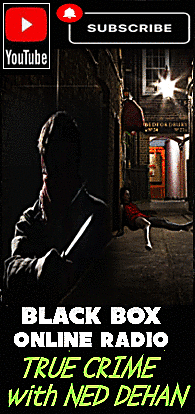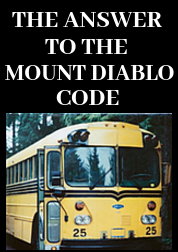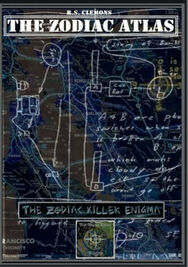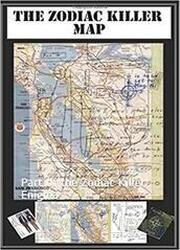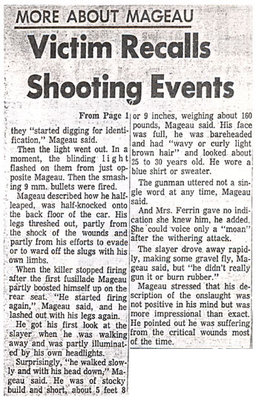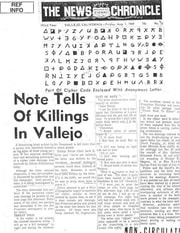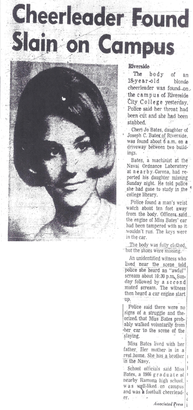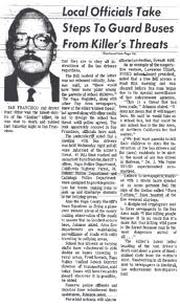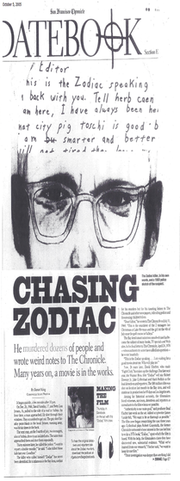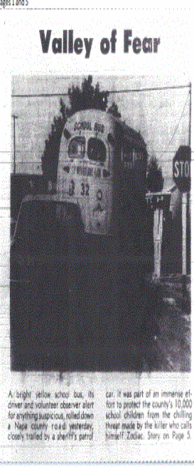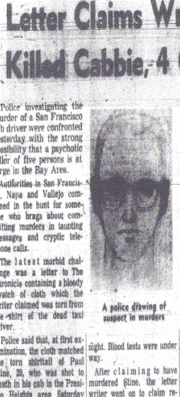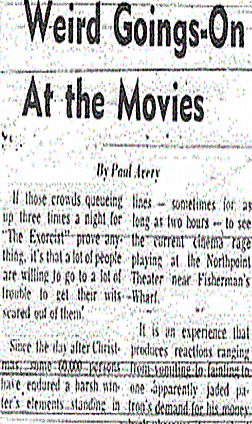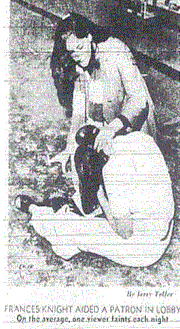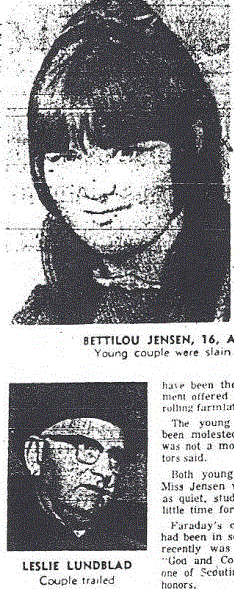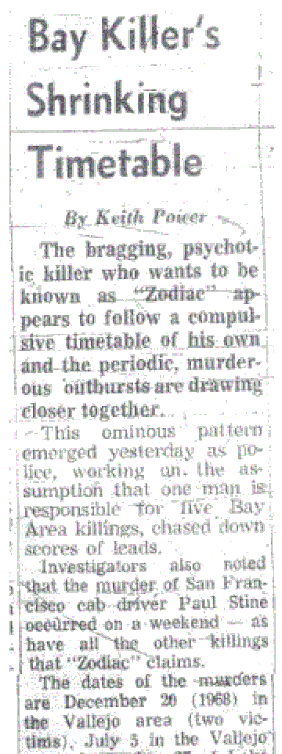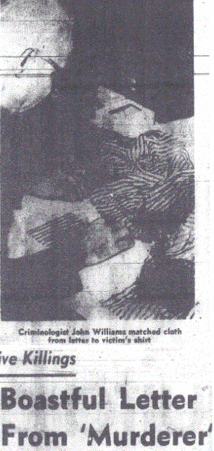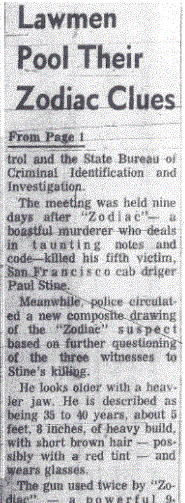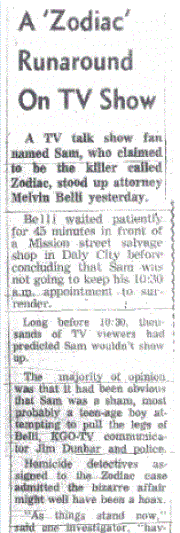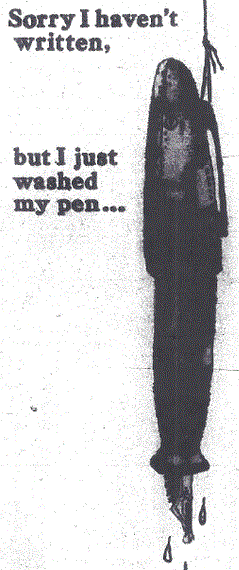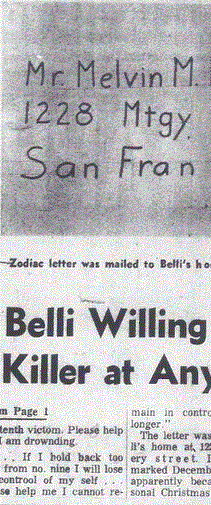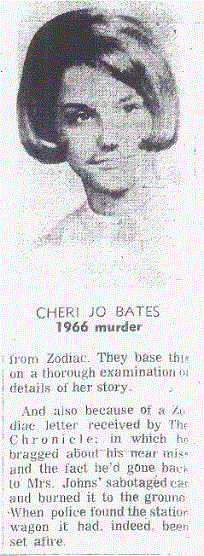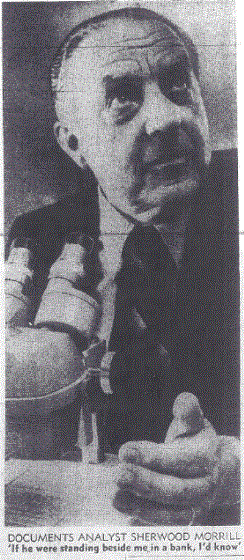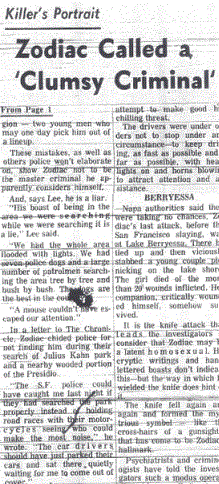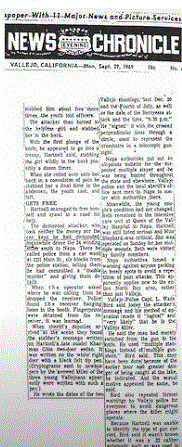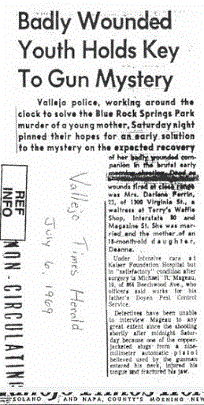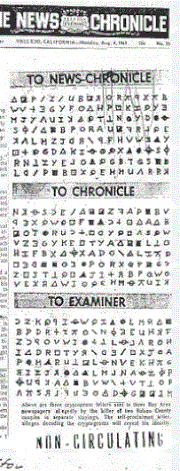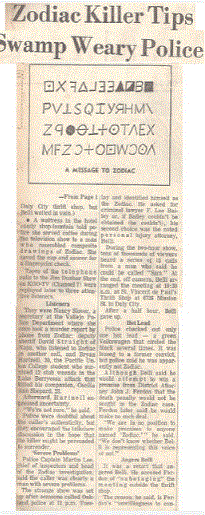Using only the police report, there are enough details contained within it to place Dr Rayfield & Son and the three girls at virtually the identical location alongside the Knoxville Road that day. The "The three girls left the area about 4:30 pm and the subjects vehicle was gone." Dr Rayfield & Son, it was argued in a previous article, noticed a "white male adult subject walking in the area, described as about 5'10", heavy build, wearing dark trousers, a dark shirt with red in it, long sleeves" at about 6.50 pm that evening. Lake Berryessa-A Killer's timeline. If the shirt with "red in it" was blood, this may likely have been the killer returning to his vehicle after the double stabbing by the lake, negating the idea it was parked behind Bryan Hartnell's Volkswagen Karmann Ghia. If Dr Rayfield & Son were at the same location as the three girls, who saw the suspect vehicle no more at 4:30 pm, this may suggest that after he had 'eyed' up the young girls for a potential attack, he ultimately decided to move his vehicle away from any potential crime scene- possibly slightly north - but not too far.
The Zodiac Killer was therefore likely trawling Lake Berryessa along the hillside for victims, and after the attack on Bryan Hartnell and Cecelia Shepard (signing the car door at approximately 6:30 pm or marginally earlier), he returned to the approximate location of where the three girls were earlier, and was spotted by Dr Rayfield & Son returning to his vehicle for the 28 mile journey to the 1231 Main St, Napa payphone. Two different sets of eyewitnesses, spotting a suspicious character before and after the Lake Berryessa attack, one could argue, has a high probability of being the Zodiac Killer, and more importantly the subsequent sketch created thereafter has greater significance.
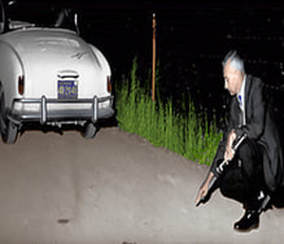
A second set of eyewitnesses saw the Zodiac later that day: "Dr Rayfield and his son stated that they did not notice a vehicle in the area of their vehicle and only this subject at a distance of about 100 yards. This location was approximately 8/10ths of a mile from the scene of the victim's vehicle. There are four coves of water between the scene of the crime and the area where the doctor saw the subject". So it's time for some calculations.
The three girls were 2 miles north of 5100 Knoxville Road. The Rayfield's were 0.8 miles from Bryan Hartnell's vehicle. If the premise above is correct, the two sets of eyewitnesses may have seen the same suspicious individual at two different times of the day, before and after the brutal stabbing of the young couple. Below details these findings.
The payphone call he made to police dispatcher Dave Slaight at 7:40 pm from 1231 Main Street, may be further evidence, suggesting the Zodiac Killer traveled from the Volkswagen Karmann Ghia, 0.8 miles on foot back to his vehicle. Somewhere just past the location of Dr Rayfield & Son. The distance from the Volkswagen Karmann Ghia to the payphone (had Zodiac parked here) is 27 miles. The time estimated for this journey on Google maps is 46 minutes. I shall apply some leeway and say 50 minutes. This would have Zodiac reaching the Napa payphone at 7:20 pm, traveling the journey at an average speed of just 32.4 mph.- arriving at the payphone 20 minutes too early. If he took the 70 minutes available to him (6:30 to 7:40 pm) his speed would be reduced to a sluggish 23.1 mph. So dispelling the latter speed, we are seemingly missing 20 minutes.
The distance of 0.8 miles, to walk from the Volkswagen Karmann Ghia to his vehicle, parked somewhere by Dr Rayfield & Son, would take at a sedentary walking pace of 3 mph (1 mile every 20 minutes) approximately 16 minutes. Allowing for a slightly slower pace, changing any clothes and preparing to leave, 20 minutes is a reasonable estimate. This accounts for the missing 20 minutes above. It has the Zodiac Killer entering his vehicle (now approx 28 miles away) at 6:50 pm, for the 50 minute journey back to the payphone traveling at an average speed of 33.6 mph. This now makes far better reading than 23.1 mph using California State Route 128 and California State Route 121 for the majority of the journey.
The two sets of eyewitnesses, both detailing a suspicious character on the same section of hillside alongside the Knoxville Road, in combination with the distance and timeline presented, hopefully presents a case that the Zodiac Killer had his vehicle parked approximately 0.8 miles north of the Volkswagen Karmann Ghia - the tire tracks examined by police were not the Zodiac's car, and the sketch compiled from the recollections of the three girls was very likely the Bay Area murderer.

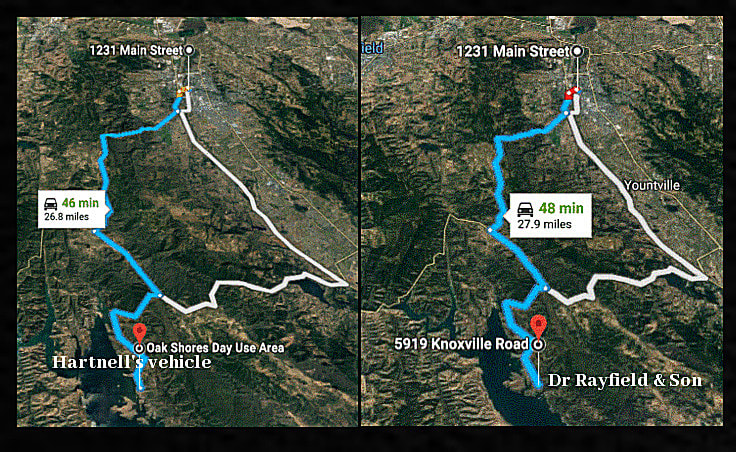
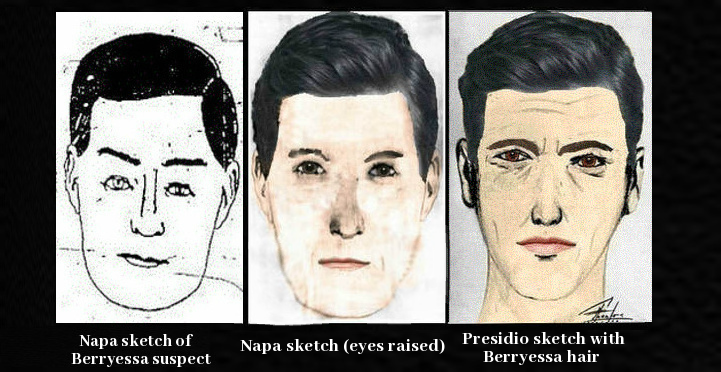
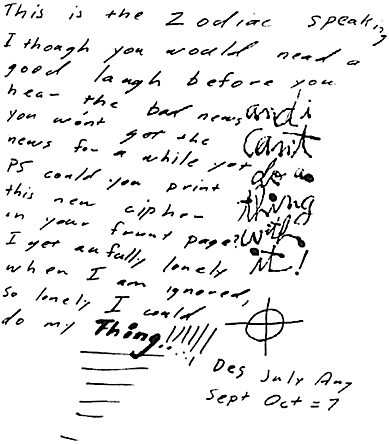

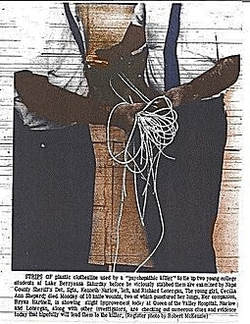
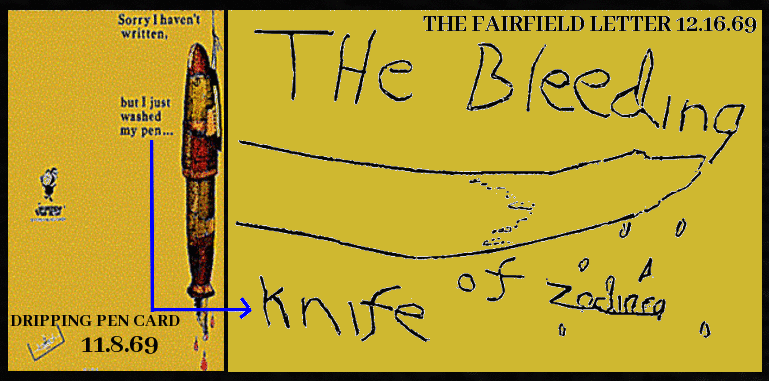
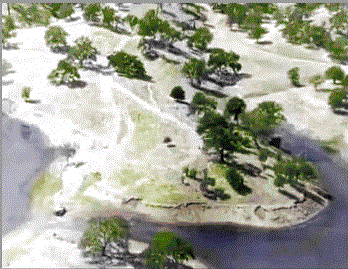
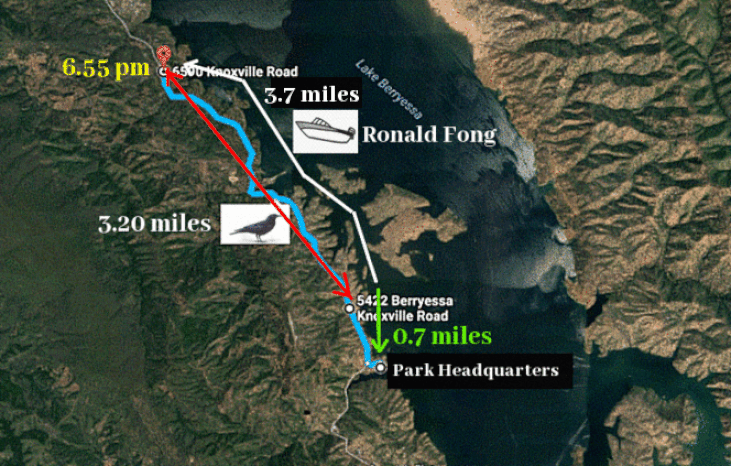
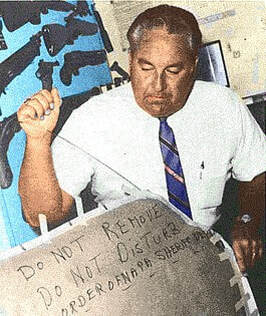

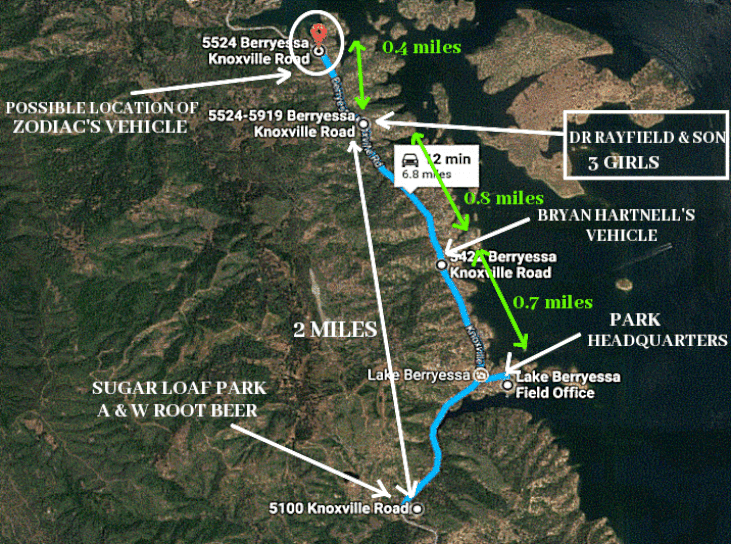
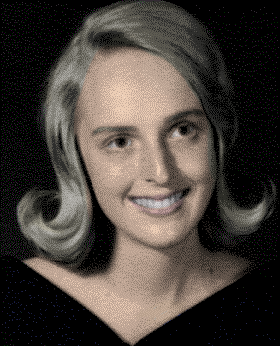
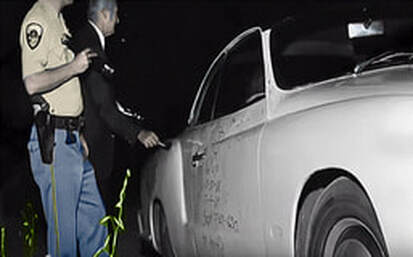
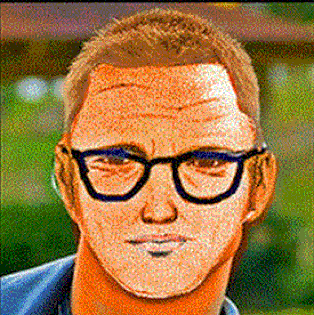
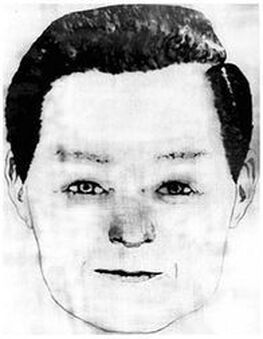
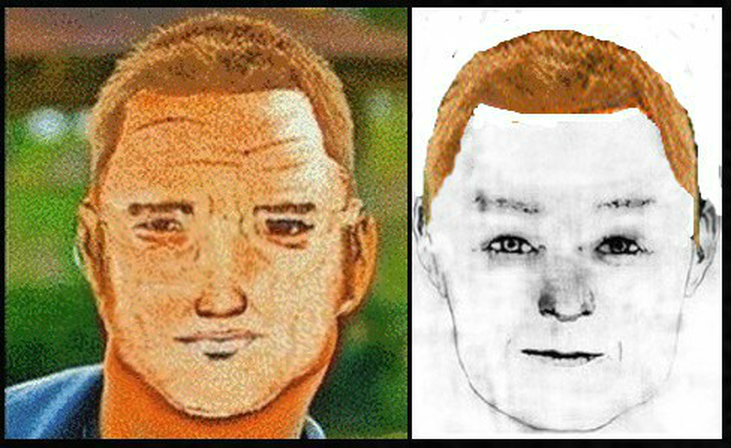
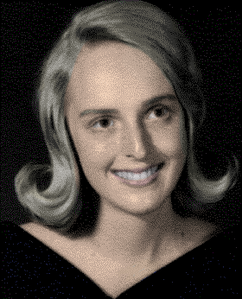

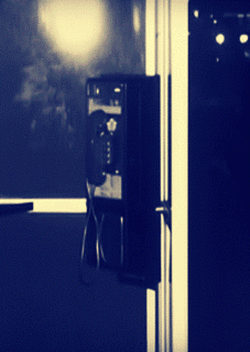

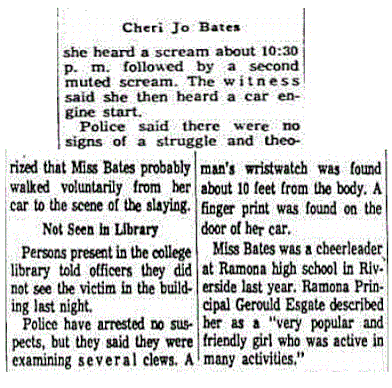
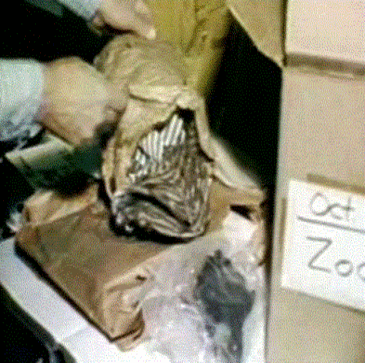
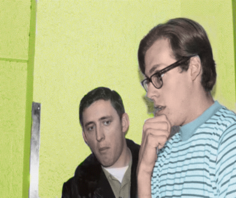
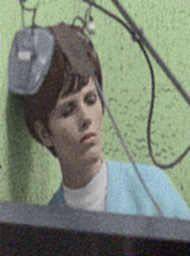
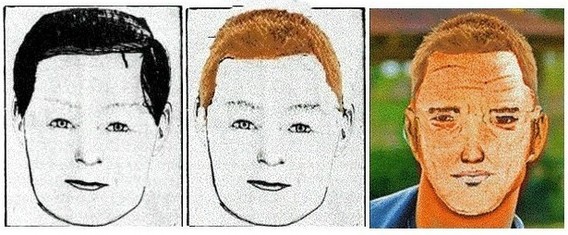
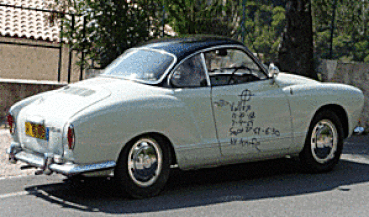
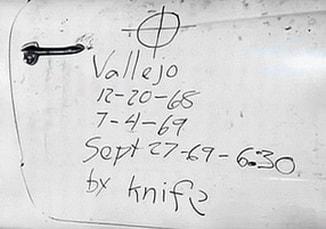
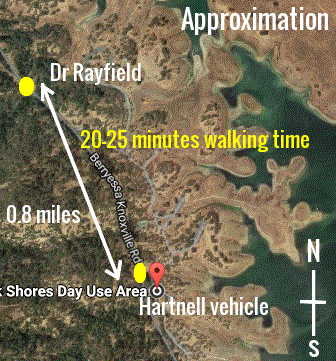
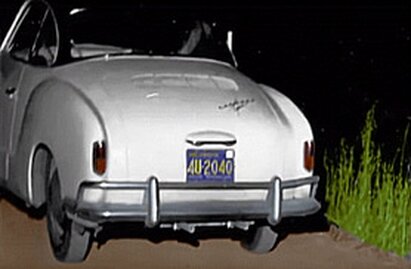
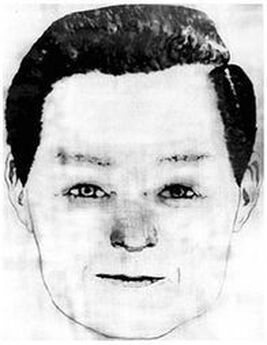
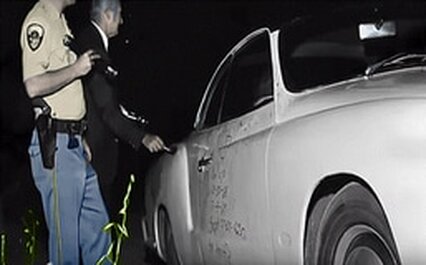
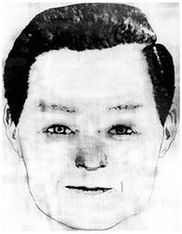
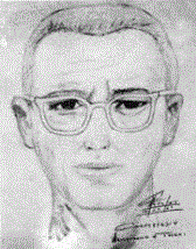
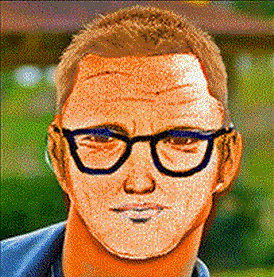
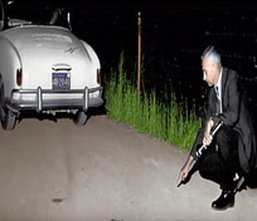
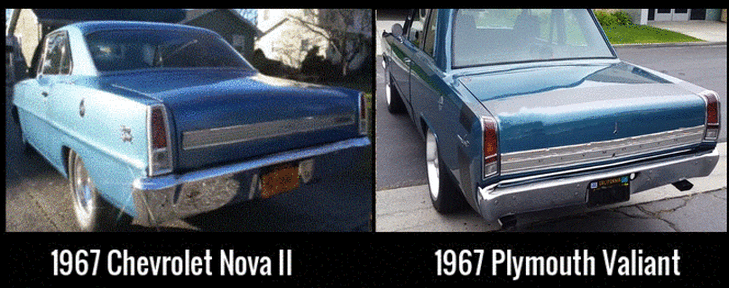
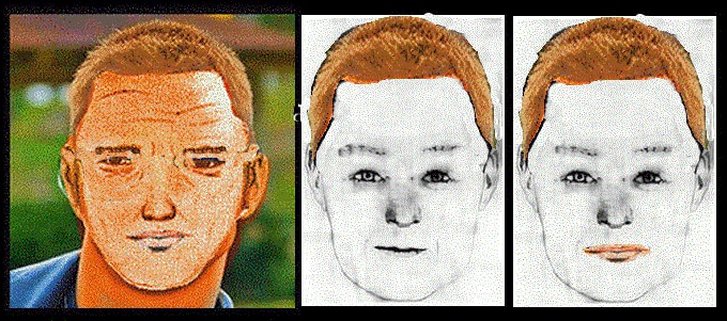
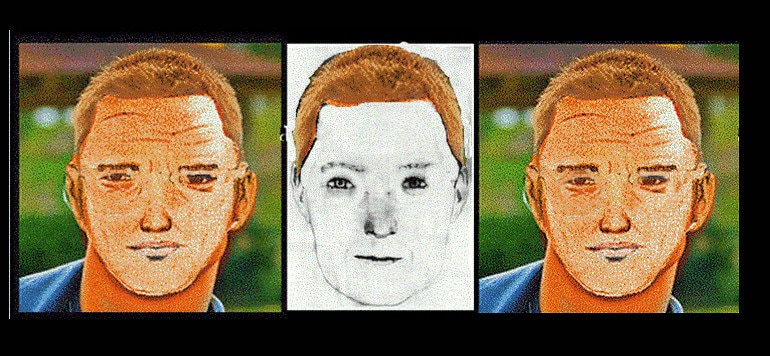
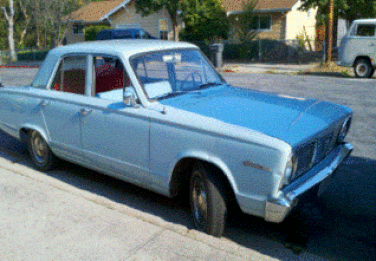
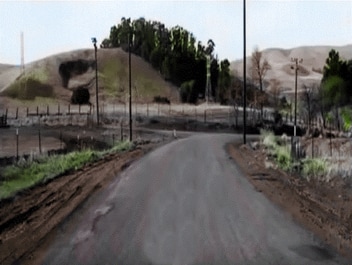
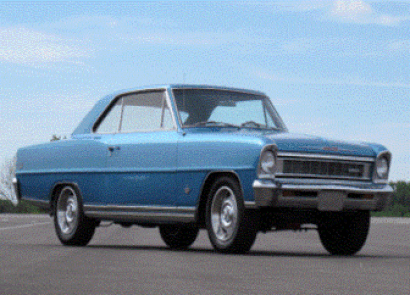

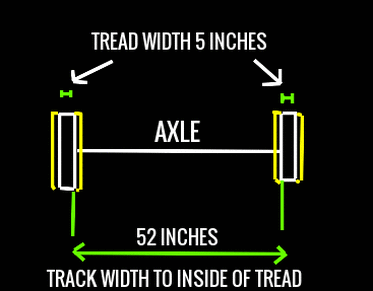
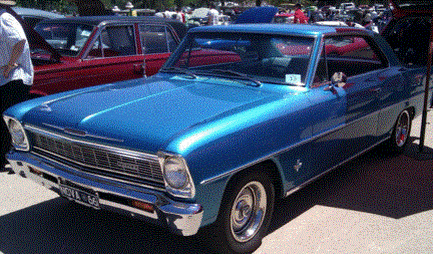

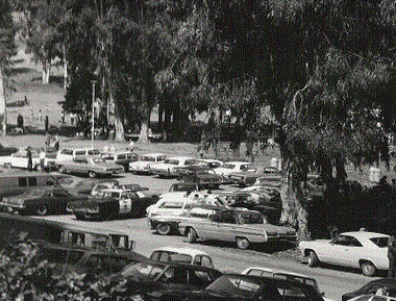
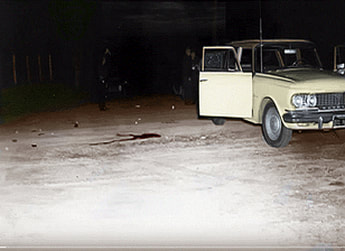
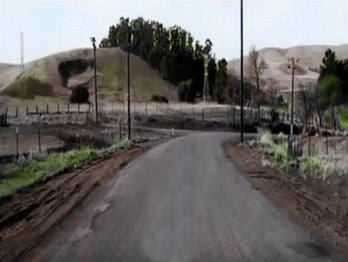
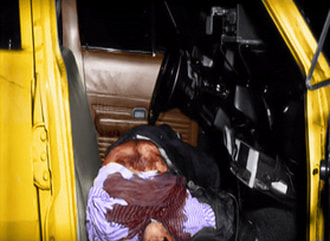
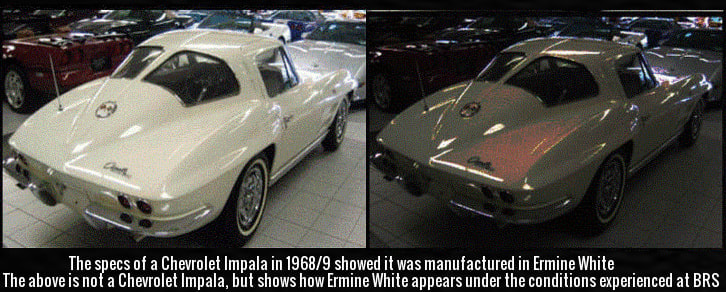
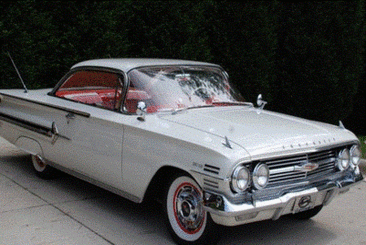

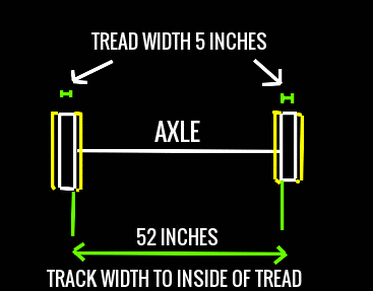
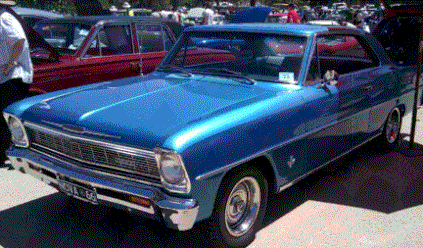
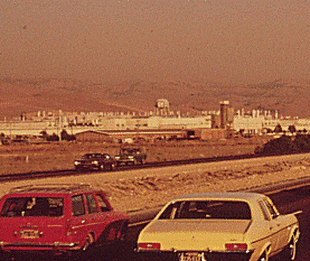
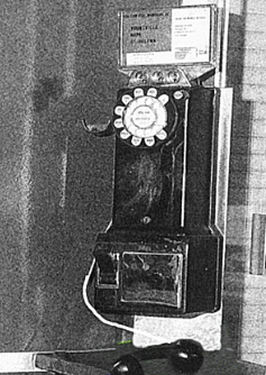
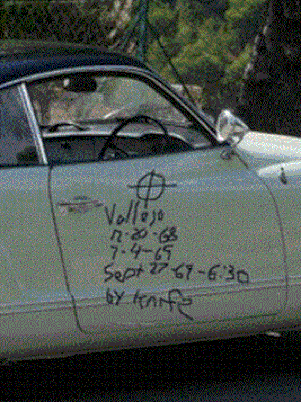





 RSS Feed
RSS Feed
